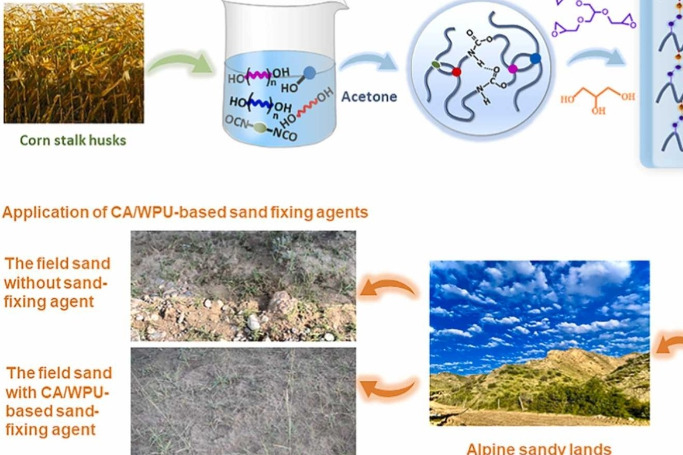Breed Grapes
Researchers find quicker way to breed grapes
Researchers at the Chinese Academy of Agricultural Sciences have utilized artificial intelligence to shorten the breeding cycle of grapes, increasing the breeding efficiency of a commercially important crop known for its lengthy growth process.
The findings of this research were published in the journal Nature Genetics this week.
The typical germination and fruit-bearing process for a grape seed spans three years, with additional time needed to cultivate superior grape varieties. This prolonged timeline presents challenges in developing new types of quality grapes.
Led by Zhou Yongfeng, researchers from the Agricultural Genomics Institute in Shenzhen, Guangdong province — a subdivision of the academy headquarters in Beijing — have focused on grape variety design and breeding since 2015, analyzing vast amounts of genomic and genetic data. Last year, they unveiled the first complete grape genome map and further constructed the inaugural grape pan-genome, Grapepan v1.0, which was featured in the Nature Genetics publication.
Zhou highlighted the potential of this research to enable precise breeding designs for grapes, hasten grape variety innovation and serve as a blueprint for breeding other perennial crops.
To understand the relationship between grape genes and traits, Zhou and his colleagues examined over 400 samples from a pool of nearly 10,000 grape varieties.
Over two years, they studied 29 agronomic traits such as cluster size, grape berry metabolite content, berry size and fruit skin color to construct genetic and trait maps for grapes.
The team developed a predictive model to expedite the identification of genes that could enhance crop performance, Zhou noted.
"With this model, breeders can quickly and accurately assess the genetic potential of numerous breeding materials, facilitating the selection of superior varieties," he said. "This breeding technology allows for the early prediction of grape seedling characteristics, enabling the prompt elimination of unsuitable seedlings and reducing unnecessary labor and costs."
In recent years, AI and other cutting-edge technologies have been adopted by breeders to develop crop varieties with stronger resistance to adverse factors and with higher productivity.
For example, in some areas in the Xinjiang Uygur autonomous region, a major cotton-growing area, AI-powered breeding techniques have been used to develop cotton varieties endowed with traits such as drought tolerance and pest resistance.
The next-generation varieties, coupled with smart farming management that has minimized the use of fertilizers and pesticides, have improved productivity to almost 8 metric tons per hectare at an experimental field in Kashgar.
Sun Qixin, president of China Agricultural University, said in recent years China has emerged as a front-runner in the realm of smart breeding, with postgraduate education in the area rivaling that of many agricultural powers.
Intelligent breeding, which features big data integration and model development, is now a frontier focus for Chinese agricultural researchers, Sun said, adding that he anticipates significant breakthroughs in applying AI to breeding within the next two to three years.
"In the era of intelligent breeding, China's research is in sync with global advancements," he said.
We are thrilled to extend a warm welcome to the China Scientist Awards!
Join us for the China Scientist Awards, a premier event in the realm of research. Whether you're joining virtually from anywhere in the world, this is your invitation to explore and innovate in the field of research. Become part of a global community of researchers, scientists, and professionals passionate about advancing research.
visit: chinascientist.net
Nomination Link: https://chinascientist.net/award-nomination/?ecategory=Awards&rcategory=Awardee
Registration Link:https://chinascientist.net/award-registration/
For inquiries, contact us at contact@chinascientist.net
-------------------------------------
Other website:
visit: chinascientist.net
Nomination Link: https://chinascientist.net/award-nomination/?ecategory=Awards&rcategory=Awardee
Registration Link:https://chinascientist.net/award-registration/
For inquiries, contact us at contact@chinascientist.net




Comments
Post a Comment